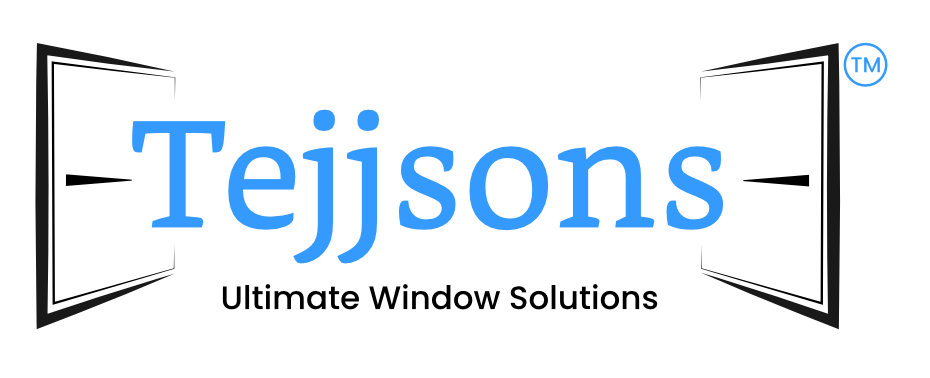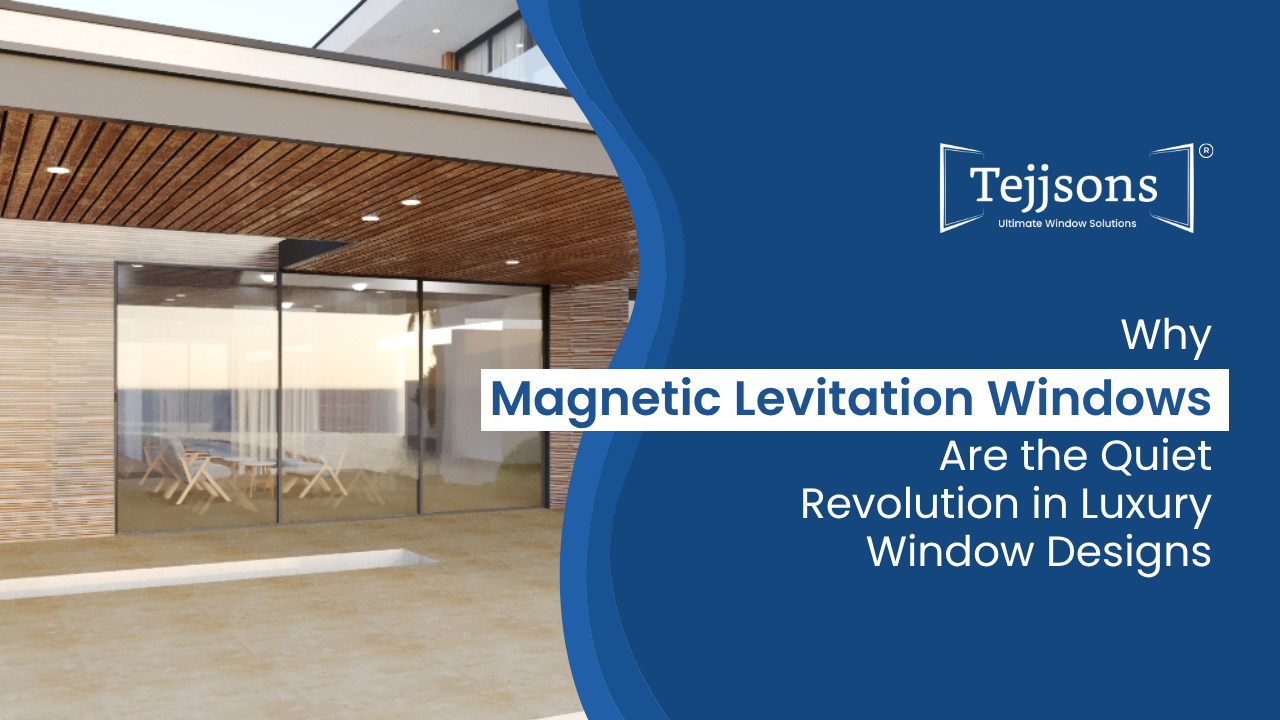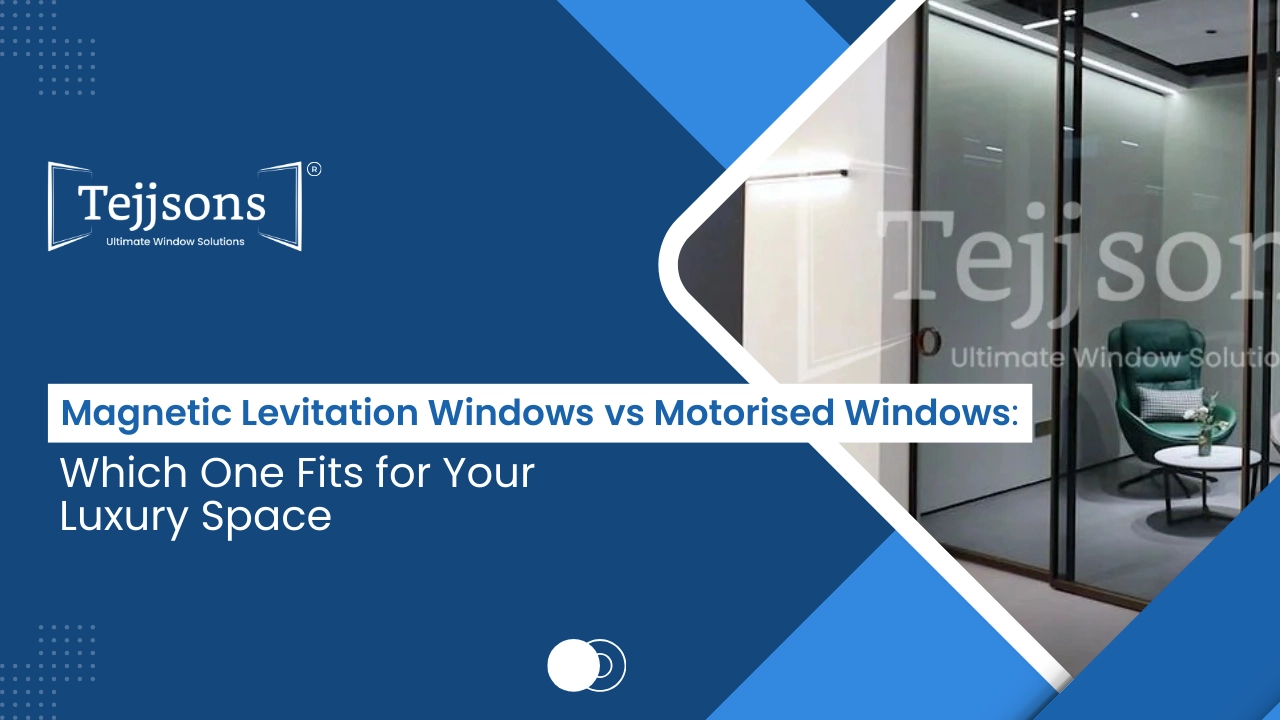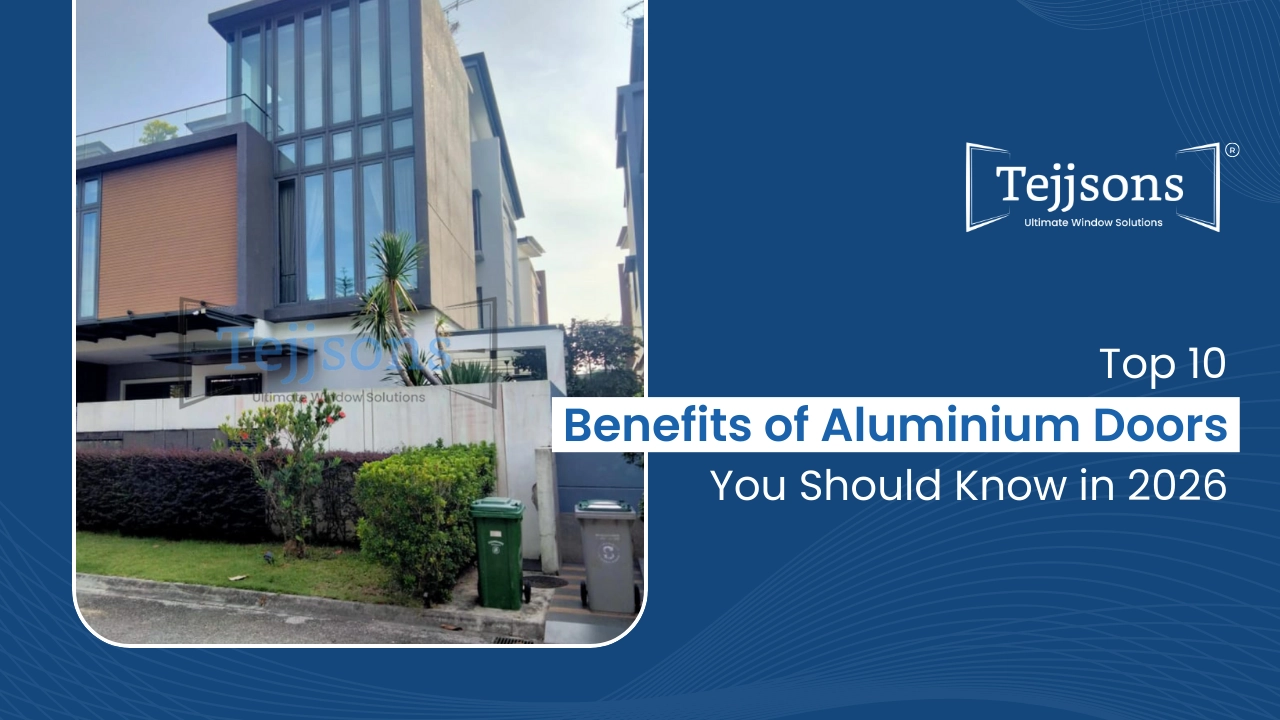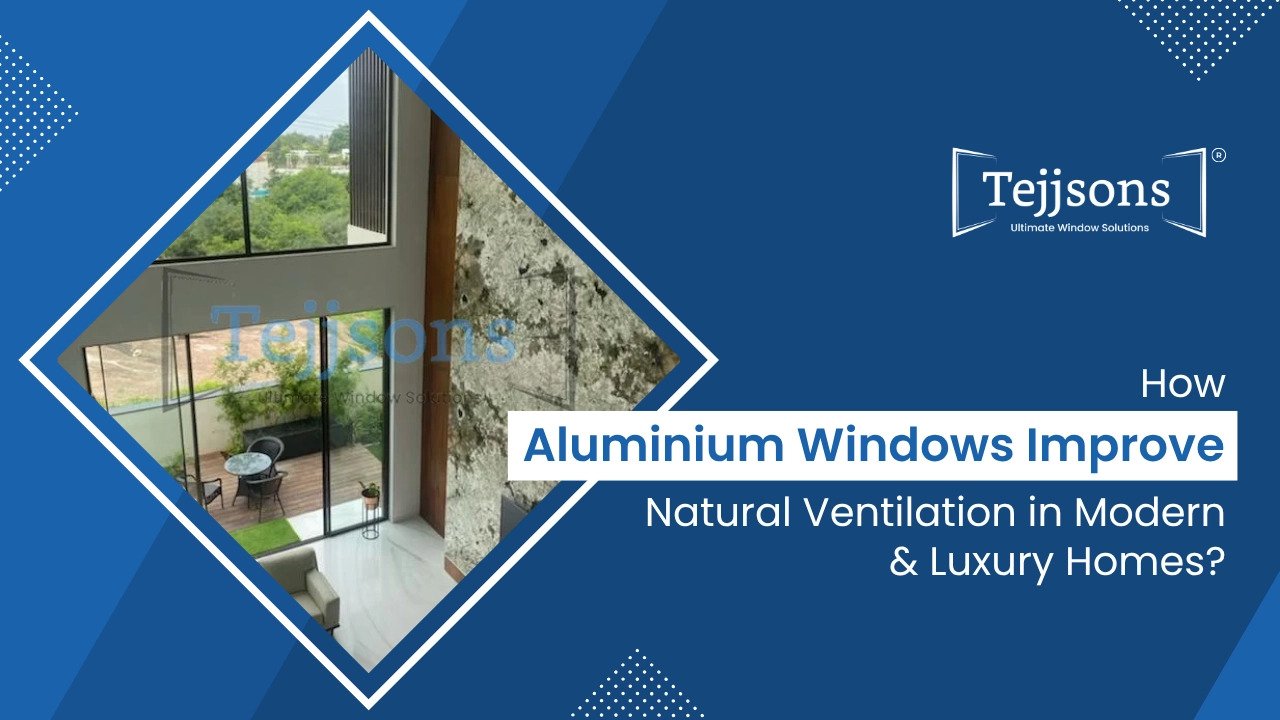Clean lines. Quiet movement. Glass that seems to glide without effort. That’s what sets magnetic levitation windows apart from regular sliding systems. In high-end homes and modern commercial buildings, they’ve become a go-to for architects looking for comfort, control, and a refined look.
As a Modern Aluminium windows manufacturer, we’ve developed a magnetic levitation system that supports wide glass panels without relying on traditional tracks or rollers. This keeps movement silent and smooth, even at large sizes. These windows are part of a new wave of automated window systems that bring together design, performance, and ease of use.
Table of Contents
How Do Magnetic Levitation Windows Work?
Maglev windows are powered by a magnetic levitation floating system. Instead of using rollers, the glass panel moves on a controlled magnetic field. The system lifts the panel slightly and guides it along the track using magnets and automation.
There’s no direct contact with the base, which removes friction. This makes the operation quieter, smoother, and easier to maintain than standard aluminium sliding windows. The design cuts down on long-term damage from regular use.
Inside, the system uses sensors and low-voltage controls to handle movement safely. These automated sliding windows can be linked to home automation setups or controlled manually, depending on your needs.
Read More: Everything You Need To Know About The Magnetic Levitation System For Doors And Windows
Benefits of Maglev Windows for Modern Architecture
For architects and builders working on premium homes or commercial spaces, maglev windows solve many design challenges. They’re part of a new generation of modern aluminium windows that focus on function and finish. Below are the key benefits of installing a magnetic levitation system in your next project.
1. Silent Operation Without Tracks
Because the panels glide on a magnetic levitation floating system, there’s no grinding or rattling like you might hear in traditional sliders. The movement feels light and controlled. This makes them ideal for libraries, meeting rooms, or any quiet space where mechanical noise can be a problem.
2. Smooth Movement That Feels Effortless
Without friction from rollers or sliders, maglev windows move with minimal force. This reshapes how people move through and use the space. Every open or closed door feels intentional, which adds a subtle sense of control and calm to the environment.
3. Less Wear and Tear
No track contact means fewer moving parts and less chance of breakdowns. Over time, this leads to fewer service calls and lower maintenance costs. It’s a practical upgrade for homeowners and developers looking to reduce long-term upkeep.
4. Low Visual Bulk
These windows are often paired with slim sliding window frames that match modern design goals. They keep the profile clean, letting the glass take focus. The result is better light, better views, and a better overall feel across rooms and facades.
5. Easy Integration With Smart Systems
Most automated window systems today can be integrated into smart homes. Tejjsons’ maglev units are designed to connect with app-based control, sensors, or building-wide automation. This suits clients who want more control over air, light, and comfort.
6. Built for Large Openings
Standard rollers struggle with large panels, but magnetic levitation design can support wide, heavy glass without adding stress to the frame. That makes it a smart choice for grand living rooms, hotel lobbies, and open-plan luxury layouts.

Why Luxury Homes and Commercial Spaces Are Adopting Maglev Windows
Many luxury homes and commercial spaces are turning to Maglev windows because of their ease of use, convenience, and cost-effectiveness. Their no-maintenance grace is also a major advantage when it comes to elegant architecture.
- Quiet Indoor Environments: These noise free windows are perfect for bedrooms, libraries, or meeting areas where silence matters.
- Open Views With Thin Frames: Magnetic windows work well with large glass designs and thin aluminium window frames to create expansive views.
- Effortless Operation: No sticking tracks or forceful pushing. Homeowners and guests can open and close with a light touch.
- Smart Home Compatibility: Such sliding doors and windows are perfect for homes that already use voice controls, app-based automation, or sensor-triggered systems.
- Modern Architecture Standards: They fit cleanly into the design language of today’s buildings—flat lines, seamless openings, and reduced visual clutter.
- Premium Client Expectations: High-end buyers want the best. Maglev magnetic levitation windows offer that subtle but valuable difference.
Read More: Magnetic Levitation Window & Door Solutions For Modern Architecture
Challenges and Considerations Before Choosing Maglev Windows
While magnetic levitation systems bring a lot of value to luxury spaces, they aren’t a fit for every project. It’s important to consider a few technical and design points before deciding to go ahead.
1. Power Dependency
These systems need a consistent power supply for operation. While backup systems can be added, it’s important to plan for this early in the design phase. In areas with frequent outages or voltage drops, this may need extra support.
2. Initial Cost
Maglev levitation windows fall in the premium category. Between automation tech, frame precision, and installation, the upfront cost is higher than standard aluminium sliding windows. The long-term benefits, however, make the cost worthwhile for many architects
3. Installation Expertise
These aren’t plug-and-play systems. Magnetic levitation design requires trained professionals for the correct setup and calibration. At Tejjsons, our team works with project engineers on-site to make sure everything functions exactly as it should.
4. Structural Readiness
Not every wall or opening is ready for a levitation system. Large glass panels need proper reinforcement. It’s best to finalise your window plan while the structure is still in development, not after plastering is done.
5. Space Planning
Though the movement is quiet and efficient, maglev systems still require space for motor housing and control units. These details need to be factored into the ceiling, side walls, or floor channels, depending on the system layout.
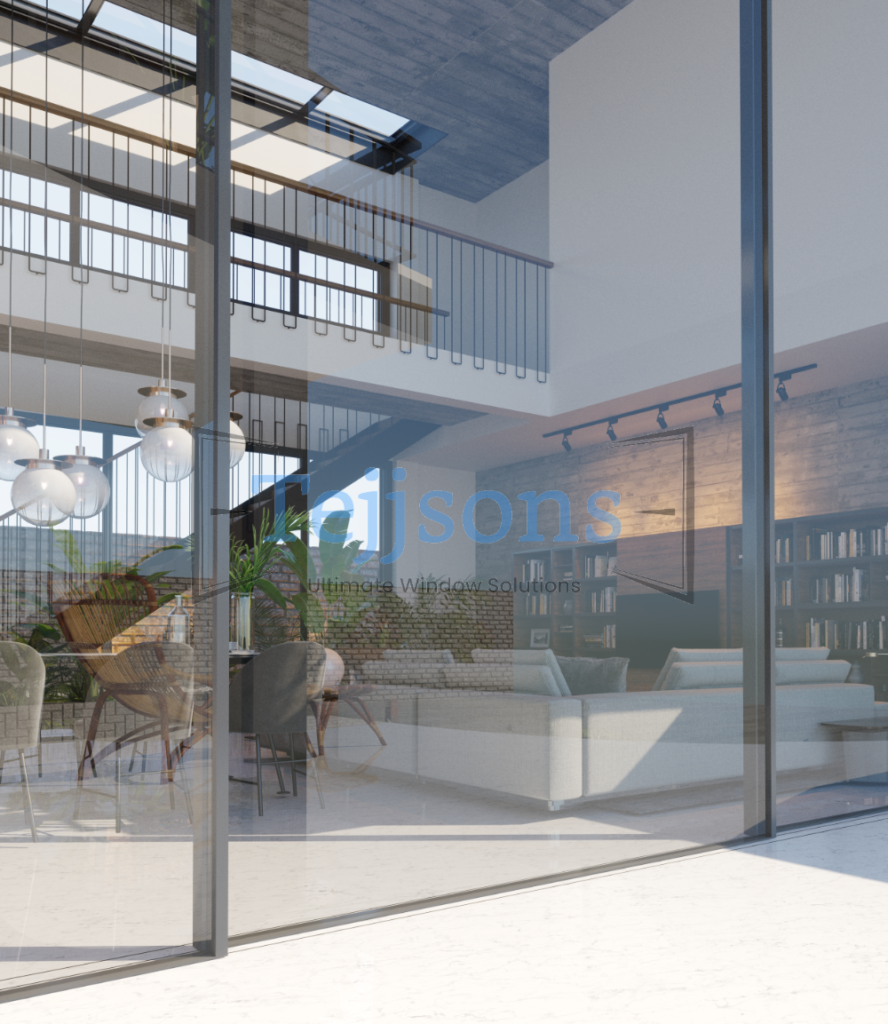
Why Tejjsons Is a Trusted Name in Magnetic Levitation Window Technology
At Tejjsons, we work closely with ambitious architects and developers who want more than just standard aluminium frames. We empower premium homes, showpiece villas, and commercial spaces that demand precision and quiet performance. That’s where our magnetic levitation windows stand out.
We stay involved from structural consultation to after-installation testing. Each magnetic levitation system is developed and tailored to suit the specific layout of the project. Nothing is off-the-shelf. Our process makes it easier to maintain design intent across homes, villas, and large developments without losing detail or consistency. Along with Maglev technology, we also facilitate the installation of other high-tech installations like smart glass and integral blinds.
We’ve spent years working alongside leading architects as trusted aluminium window suppliers. That experience has shaped how we build and deliver modern aluminium windows that meet both aesthetic and structural demands. Our maglev systems are designed to fit seamlessly into premium projects of every scale, with frame profiles that stay sharp and performance that holds up project after project.
Final Thoughts
Magnetic levitation windows are changing how premium spaces are designed and experienced. The movement is quiet, the look is clean, and the system brings a level of control that fits perfectly with modern architecture. From single residences to large-scale developments, more architects are turning to maglev levitation systems for their smooth function and quiet reliability.
At Tejjsons, we work at the intersection of architecture and engineering to build magnetic windows that hold up in the real world. If you’re planning a premium home or a commercial space that needs something better than standard sliders, we’re here to help.
Talk to our team today and explore how a maglev levitation system can bring more ease and precision to your next project.
FAQs
Are maglev windows energy efficient?
Yes. Because the panels seal tightly and move without friction, magnetic windows reduce air leaks and improve insulation. This helps regulate indoor temperature and supports energy-efficient building design.
Can maglev windows be integrated into smart homes?
They can. Tejjsons’ automated sliding windows are built to work with common smart systems, including app control and finger sensors. You can open or close them with a tap or your biometric fingerprint.
Are maglev systems safe during power outages?
Maglev windows are designed with safety overrides. In the event of a power failure, panels can be opened manually or stay locked in a secure position. Our team will guide you on the best option based on your location and usage.
Do maglev windows work for large openings?
Yes. One of the biggest advantages of maglev magnetic levitation systems is their ability to handle wide, heavy glass panels without needing bulky frames. They’re often used in large façades, open lounges, or villa frontages.
What materials are used in Tejjsons maglev windows?
We use premium-grade aluminium for the frame and structural support, along with precision-fitted components built for the magnetic levitation design. Every system is tested for long-term use in Indian conditions.

